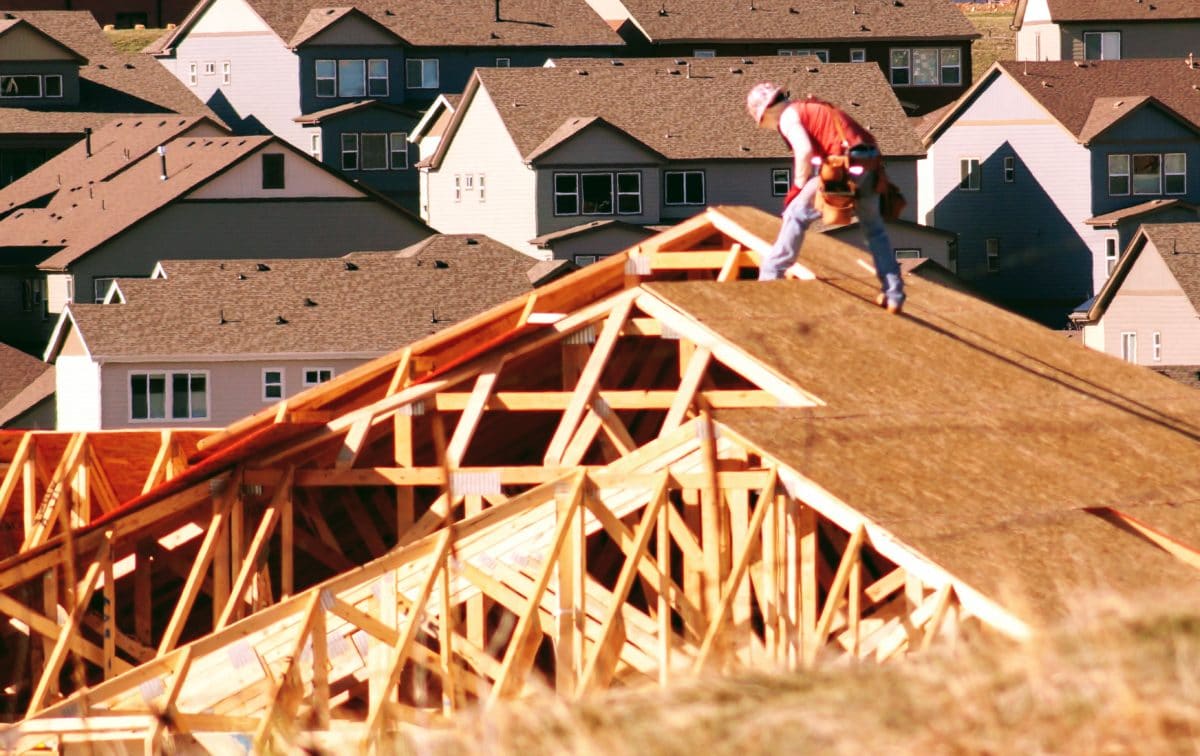With apologies to the poet Robert Frost who wrote “good fences make good neighbors,” it seems that installing solar panels on your house is the neighborly thing to do.
A professor of electrical and computer engineering at Michigan Technological University has shown that grid-tied solar photovoltaic (PV) owners subsidize their non-PV neighbors. Solar homeowners also help utilities avoid making many infrastructure investments, and shave peak demand when electricity is the most expensive.
The researchers also found that grid-tied PV-owning utility customers largely are under-compensated for their neighborliness. That’s because the value of solar eclipses both the net metering and two-tiered rates that many utilities pay for solar electricity. The research is published online and will be in the March issue of Renewable and Sustainable Energy Reviews.
The researchers argued that the overall value of solar equation has multiple components:
- Avoided operation and maintenance costs (fixed and variable),
- Avoided fuel,
- Avoided generations capacity,
- Avoided reserve capacity,
- Avoided transmission capacity (lines),
- Environmental and health liability costs associated with forms of electric generation that are polluting.
They said that one conclusion is that “substantial future regulatory reform” is needed to ensure that grid-tied solar PV owners are not “unjustly subsidizing U.S. electric utilities.” Solar PV, they said, is “truly an economic benefit” that is in the best interest of all utility customers.
Wyoming considers solar production tax
Wyoming state legislators are considering a bill to impose an excise tax on utility-scale solar energy produced in the state.
House Bill 94 would create a tax on utility-scale solar energy production. The proposed excise tax would be at a rate of $1 per megawatt hour of electricity.
The state already taxes wind production. The legislation would tax solar at the same rate as wind. People with solar panels on their homes would not be affected as the tax would only apply to utility-scale production. Currently, there is only one such solar array in the state, the 80 MW Sweetwater Solar Energy Project.
The state could receive up to $190,000 in fiscal 2023 and 2024 based on 2019 Wyoming solar generation capacity, with $114,000 going to the county where the energy is generated and $76,000 going to the state’s general fund.
In January, Wyoming lawmakers advanced a piece of legislation that, if passed, would repeal the state’s decades-old net metering system and direct the state’s utility regulators to create a new program.
NREL updates data explorer tool
The U.S. Agency for International Development (USAID) and the National Renewable Energy Laboratory (NREL) released an enhanced and expanded version of the Renewable Energy Data Explorer (RE Data Explorer), a publicly available geospatial analysis tool that can inform renewable energy policy, investment, and deployment decisions.
This release includes a redesigned user interface; the addition of high spatial and temporal resolution solar resource data for Southeast Asia; and wind, solar, and complementary data for many countries. Over the coming weeks, renewable energy data sets will be added for the entire world.
Timeline challenges FERC 2222 rollout
State regulators, regional transmission organizations (RTOs) and other stakeholders cited a too-short timeline as one challenge wholesale markets face in implementing FERC Order 2222, which is intended to bring more distributed energy resources (DERs) online.
Several parties reportedly expressed concerns during a National Association of Regulatory Utility Commissioners session on Tuesday that the most difficult challenges of implementation still lie ahead, and said they hoped the FERC would give them more time to ensure they get the policy right.
Stakeholders said the order has the potential to create a boon for greater deployment of resources such as energy storage, rooftop solar, and electric vehicles, among others.
One challenge that was cited was ensuring that grid operators, utilities, and distributed energy resource aggregators can communicate effectively to ensure safety and reliability.
Compliance filings are due to FERC on July 19. Some RTOs and their stakeholder groups are expected to seek an extension.
This content is protected by copyright and may not be reused. If you want to cooperate with us and would like to reuse some of our content, please contact: editors@pv-magazine.com.









Wyoming seems to be doing everything they can to discourage solar and wind development in the state. I guess they will go down with the S.S. Coal.